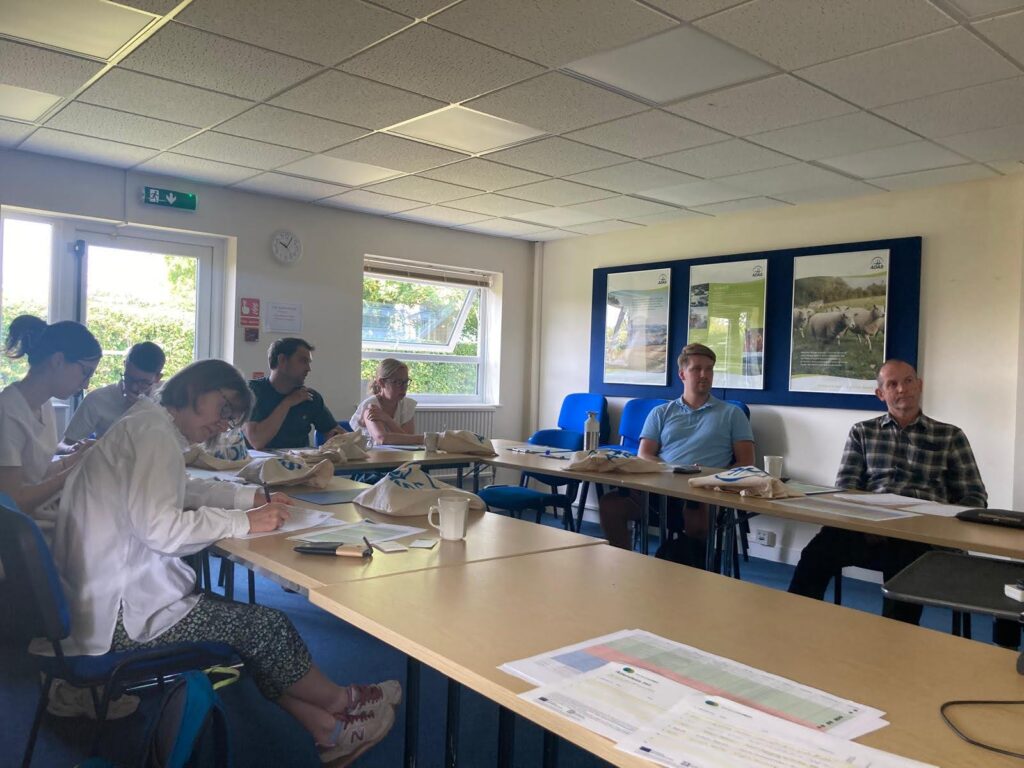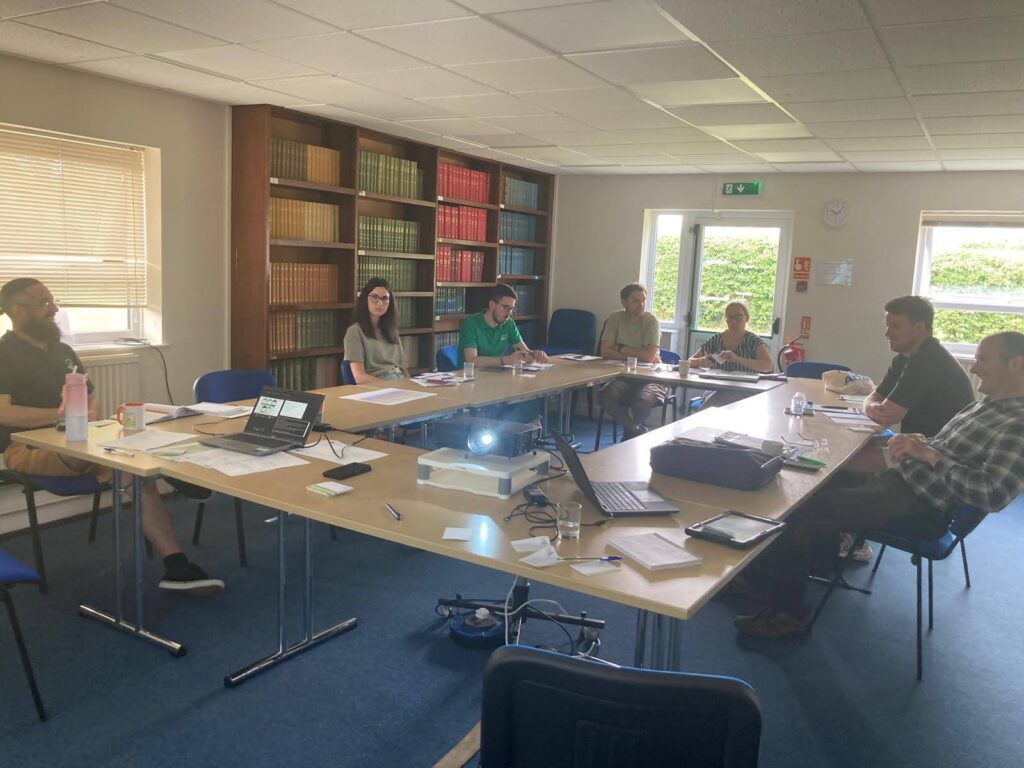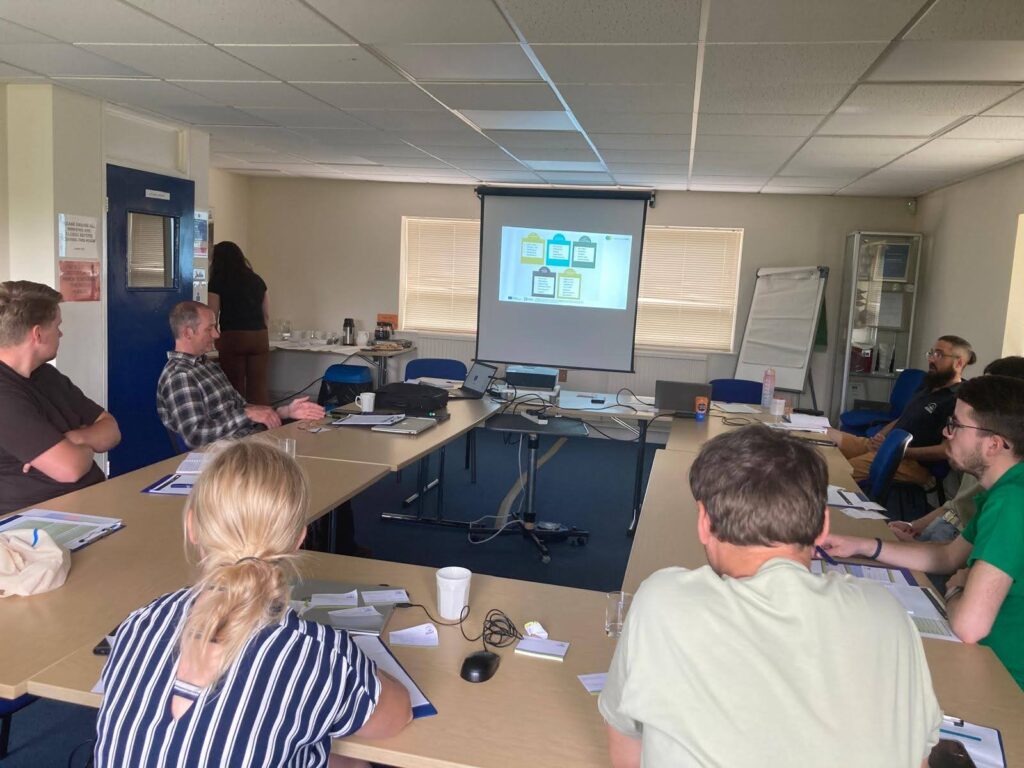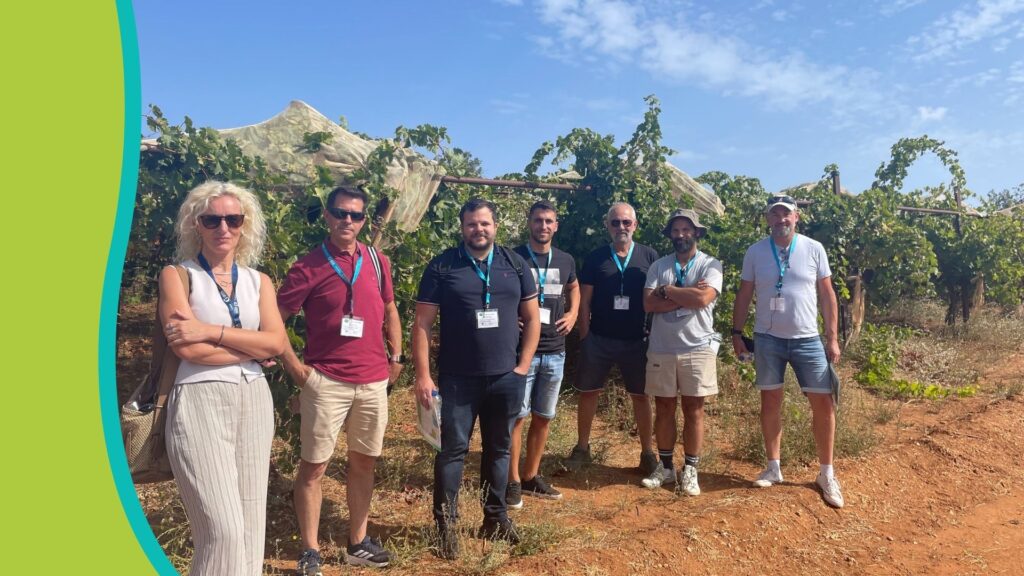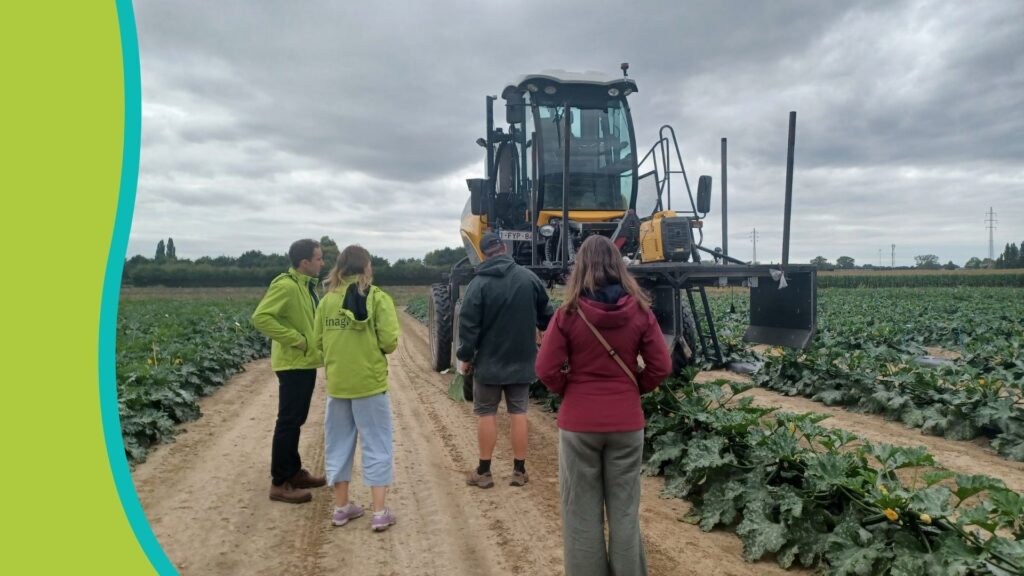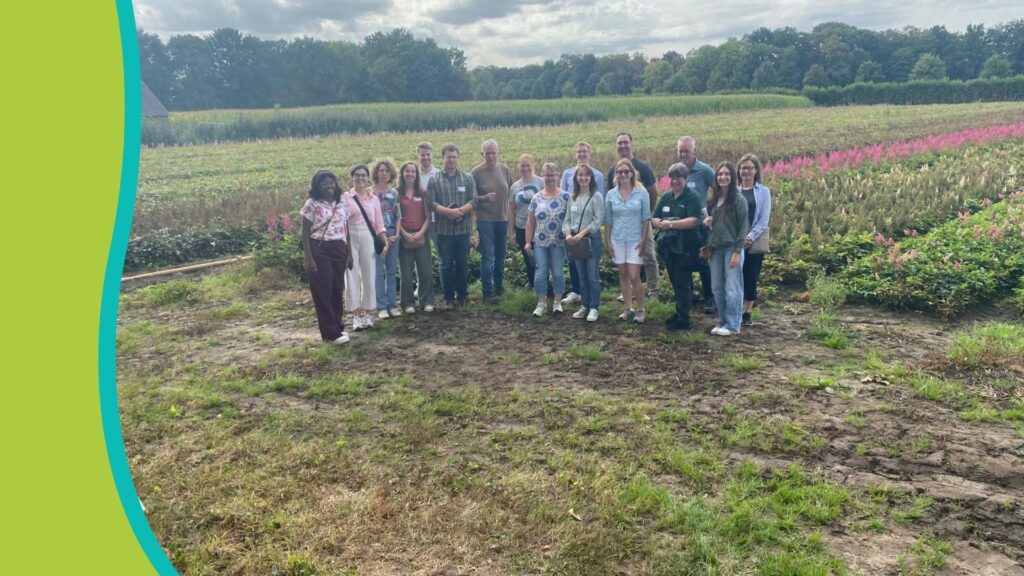On 19 June 2025, eight participants from Belgium, Denmark, and Hungary gathered in the United Kingdom for a cross-visit hosted by ADAS. The event focused on the use of Integrated Pest Management Decision Support Systems (DSS)—a forward-looking approach that helps farmers make more precise, timely, and sustainable crop protection decisions. The visit included a field tour at the farm of David Jones, offering firsthand insight into how forecasting tools can support more efficient pest and disease management.
Introducing the Novel Approach: IPM Decision Support Systems
The core of this visit revolved around digital decision support tools that forecast disease development and guide attention to where risks are emerging. By using models such as T-sum, farmers and advisors can improve monitoring of Barley Yellow Dwarf Virus (BYDV) and other diseases, enabling more targeted interventions. The approach encourages earlier detection, more efficient control, and critically reduced reliance on unnecessary pesticide use.
Farm Context: Conditions in the East of England
David Jones manages a 750-hectare farm in the East of England, a region characterised by mild temperatures, relatively low rainfall, and clay-based soils prone to compaction and waterlogging. The farm produces a diverse range of crops including winter wheat, barley, oilseed rape, sugar beet, maize, rye, and oats. These conditions make strategic, data-led crop protection especially valuable, as disease pressure can vary significantly throughout the season.
Implementation Requirements and Practical Needs
To make use of this Novel Approach, farmers rely on decision support systems coupled with regular crop walks to verify field conditions. Understanding how to interpret the DSS tools—particularly BYDV risk models—plays an essential role. Human expertise remains a key resource: digital tools guide attention, but field observations confirm whether action is needed.
Challenges in Adoption
While DSS tools offer valuable insights, some farmers may hesitate to adopt them. Training is required to correctly understand and interpret the models, and digital tools are not always user-friendly. In addition, many growers prefer familiar, traditional approaches to BYDV detection. Participants highlighted that clearer information on varietal tolerance, resistance, and susceptibility would help farmers make better-informed decisions. Simplifying DSS interfaces could also significantly increase uptake.
Benefits Experienced Through the Novel Approach
Despite the challenges, the benefits are substantial. DSS tools allow earlier detection of BYDV and more effective planning of interventions. When applications are timed correctly, crop quality and yield potential improve. Sustainability also see significant gains: unnecessary sprays can be avoided, beneficial insects are preserved, water quality is protected, and overall pesticide input is reduced. For farms seeking both environmental and economic efficiency, the tools offer real promise.
Potential Risks and Areas for Improvement
Participants noted that if models indicate disease risk, some farmers may feel compelled to spray—even when the field situation does not justify it. This could result in unnecessary applications, increased production costs, and potential resistance development. To avoid this, the tools must be accompanied by training and clear communication about how to interpret risk levels responsibly. Improved clarity on varietal characteristics and better integration of data sources such as suction trap information and DNA testing were also identified as future needs.
Future Modifications to the Approach
For broader adoption, DSS tools should be simplified, more intuitive, and widely accessible across Europe. Currently, access varies between countries, limiting implementation outside the UK. Enhancing international availability and providing clearer definitions of varietal traits would make the system more valuable across diverse farming contexts.
Advisor’s Perspective
The advisor present during the visit emphasised the importance of using DSS tools in a balanced way. Most advisors, he noted, genuinely aim to support farmers in achieving high-quality crops while protecting the environment. Decision support tools help ensure that advice is grounded in accurate, up-to-date information rather than routine or unnecessary spraying.
Highlights of the Cross-Visit
One of the most appreciated parts of the programme was the visit to the Morley Agricultural Foundation open day. This experience was particularly informative for participants from outside the UK, who valued the opportunity to understand current local challenges—especially around varietal selection and disease risks. The combination of demonstrations, discussions, and real-field examples made the day highly impactful.
